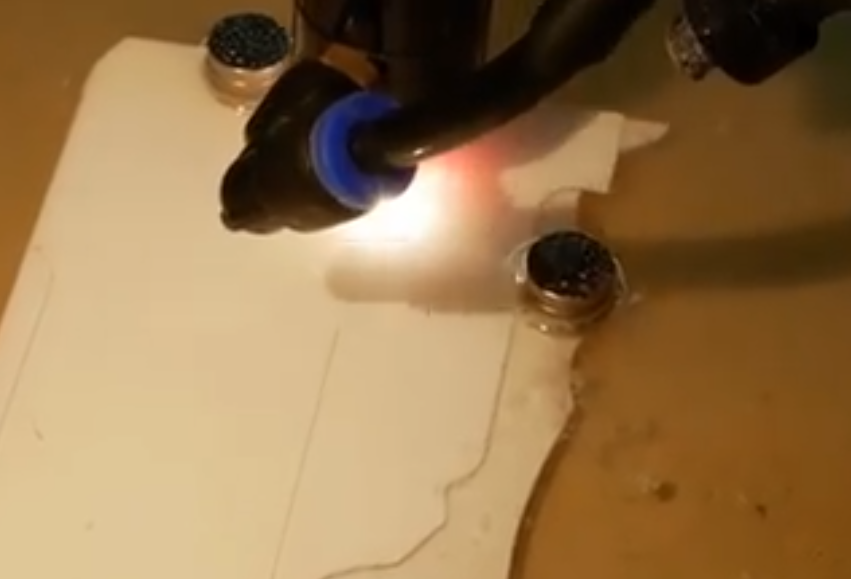Analysis of Ceramic Welding Technology
I. Concept of Ceramic Welding
Ceramics are inorganic non-metallic materials with excellent properties, such as glass, alumina, silicon nitride, etc. They are often used to manufacture devices and equipment under special working conditions such as high temperature, high pressure, and corrosion resistance. Ceramic welding refers to the processing procedure of combining two or more ceramic components with thermal energy or other forms of energy to form an integrated whole. Due to its high weld strength, high temperature and high pressure resistance, corrosion resistance, electrical insulation and other characteristics, it is widely used in aviation, aerospace, optoelectronics, medical and other fields.

Ii. Ceramic Welding Process
1. Thin-film metal (Ti, Ni) welding method
This process mainly involves coating a thin film of metals such as titanium or nickel on the surface of ceramics, and then forming a firm bond with the ceramic components through methods such as vacuum hot pressing or plasma arc welding. This process is simple to operate and low in cost, and is suitable for processing small, thin-walled and complex-structured ceramic devices. However, the quality of its solder joints and mechanical strength are relatively low, making it unsuitable for high-demand process environments.
2. Electron beam welding method
This process utilizes the high energy of the electron beam to directly melt materials such as ceramic electrodes or alloy electrodes for welding. This welding process features a high heat source temperature, fast welding speed, beautiful weld shape and high mechanical strength, making it suitable for welding larger and thicker ceramic devices. However, its equipment is expensive, the processing environment has strict requirements, and the matching of welding processes and the technical requirements for personnel are also very high.
3. Laser welding method
Laser welding is similar to electron beam welding, both of which use high-energy beams for welding. Compared with electron beam welding, laser welding has more flexible conditions and a wider range of motion, and thus can be applied to more types of ceramic devices. Laser welding can weld very small ceramic components. The resulting weld seams are clean and compact. However, the technical difficulty is relatively high and the equipment cost is also relatively high.
Iii. Analysis of Process Selection
Different ceramic welding processes have their own advantages and disadvantages. According to the actual welding object and process requirements, choosing the appropriate process can improve the quality and efficiency of welding to a certain extent. For instance, for long and thin ceramic pipes that need to be welded, laser welding can be adopted for welding, while for small, thin-walled and low-demand devices, thin-film metal welding can be used.
Iv. Actual Cases
For instance, in the field of power electronics, the insulating parts of high-voltage capacitors are often made of silicon nitride. Due to the high hardness, high melting point and difficulty in welding of silicon nitride, the installation and placement of phase-shifting switch capacitors cause damage such as surface peeling and brittle cracks on the silicon nitride. The use of laser welding technology can better solve such problems.